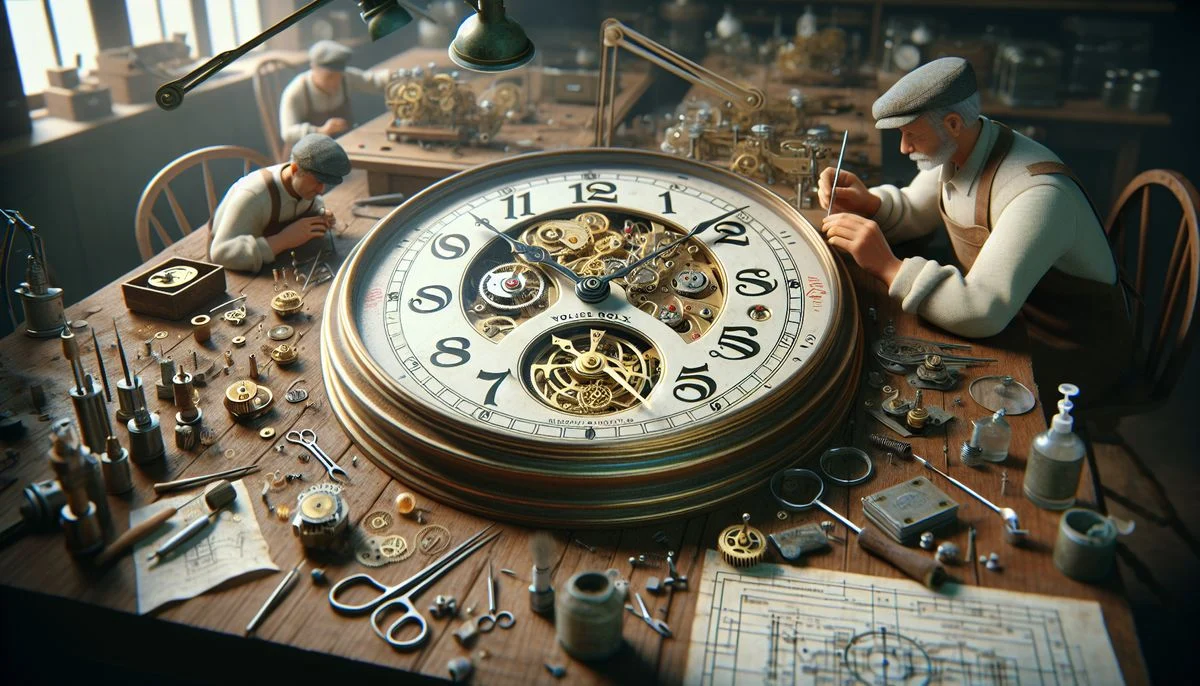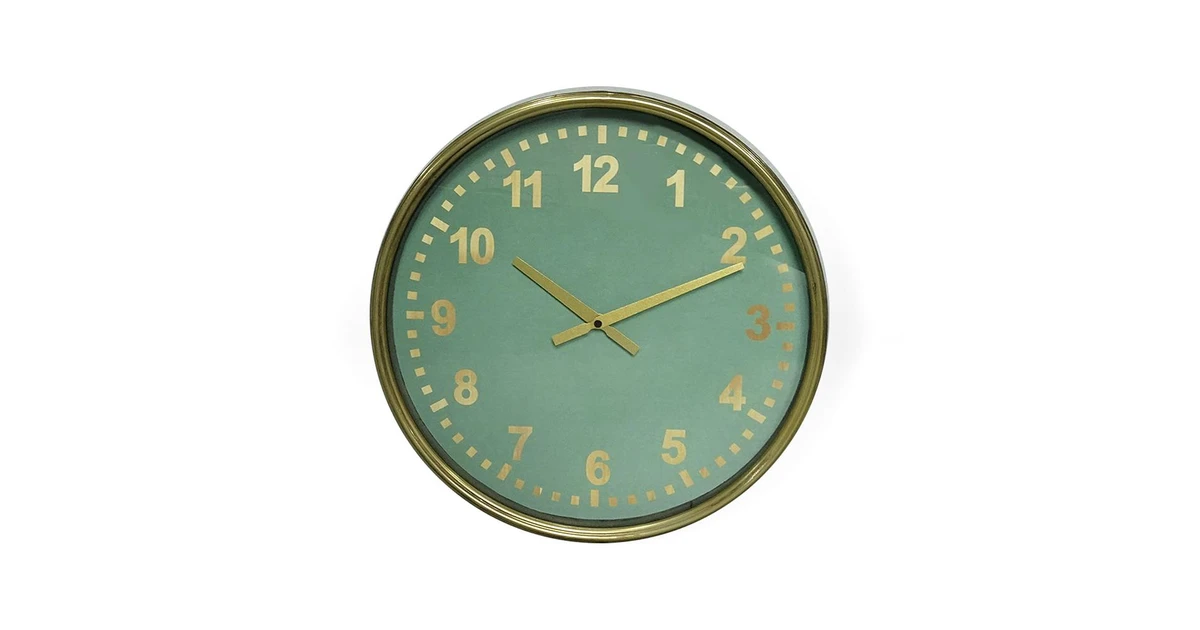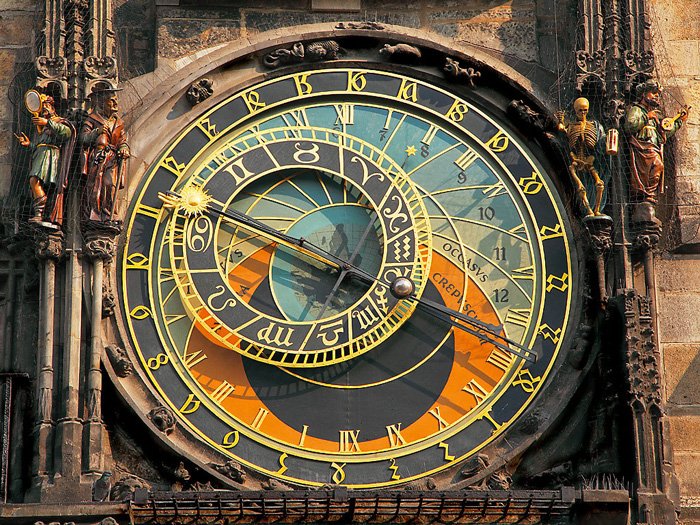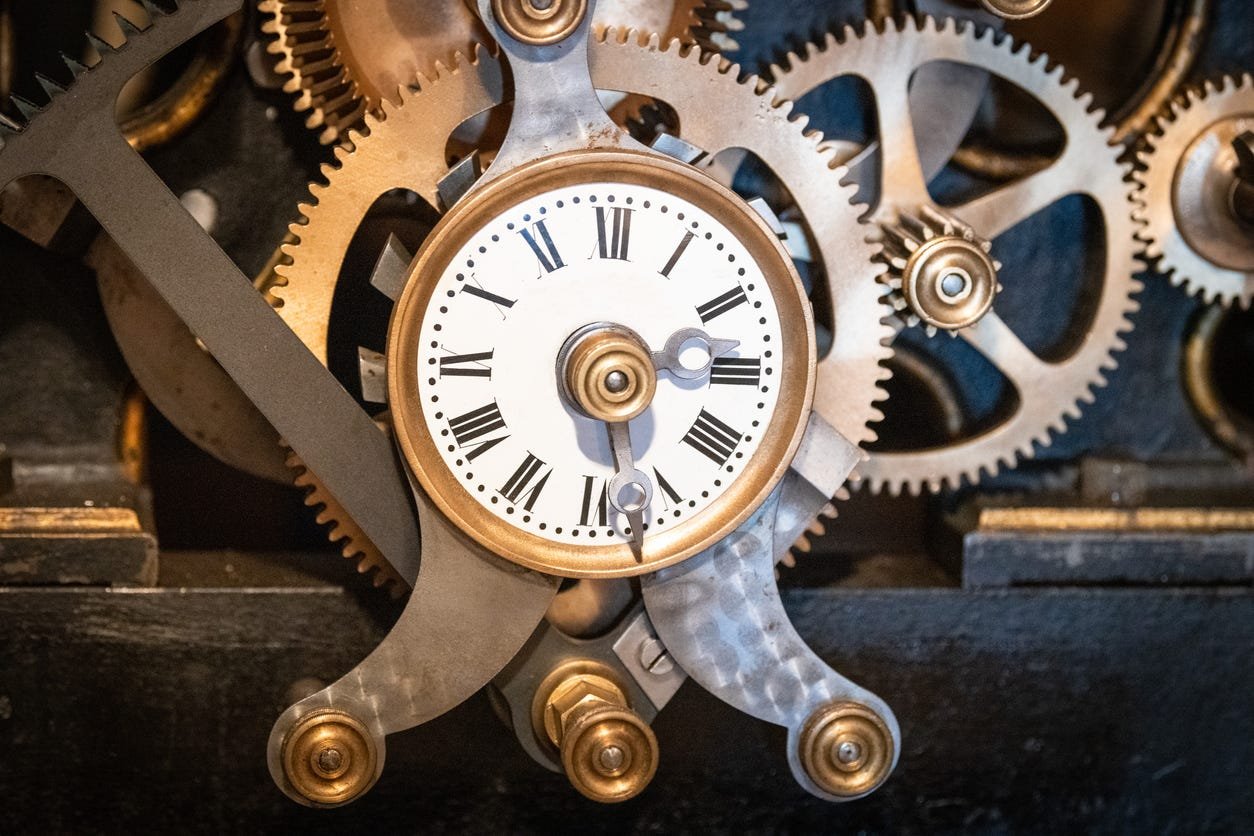Clocks have always been more than just tools for telling time—they are pieces of art that blend form and function. From antique masterpieces to modern designer creations, timepieces offer an elegant way to enhance interior decor. In this article, we explore how clocks have evolved into art forms, showcasing the beauty and craftsmanship behind decorative timepieces.
1. The History of Clocks as Art
The concept of clocks as decorative objects is not new. Historically, timepieces like grandfather clocks, mantel clocks, and wall clocks were often intricately designed, serving as centerpieces in homes and public spaces. In the 17th and 18th centuries, European clockmakers created highly ornate clocks for royalty and nobility, featuring lavish designs with gold, ivory, and precious stones.
During this time, clocks became status symbols, showcasing the wealth and taste of their owners. Many were adorned with fine carvings, sculptures, and even paintings, making them exquisite works of art.
2. Decorative Styles in Clocks
Decorative clocks come in many styles, each with its unique design elements. Here are some of the most popular styles that blend art and functionality:

- Antique Clocks: From the Baroque to the Victorian eras, antique clocks are often detailed with intricate carvings, embellishments, and hand-painted scenes. Collectors value these pieces not only for their craftsmanship but also for their historical significance.
- Art Deco Clocks: Known for their bold geometric patterns, rich colors, and chrome accents, Art Deco clocks from the 1920s and 1930s add a touch of vintage glamour to any room.
- Minimalist Designs: Modern designers have embraced the minimalist approach, with sleek, simple clocks that focus on clean lines and form. These clocks are often made from materials like metal, glass, and wood, fitting seamlessly into contemporary interiors.
- Novelty and Themed Clocks: From whimsical designs shaped like animals or objects to clocks themed around specific eras or cultures, novelty clocks allow for playful creativity in decor.
3. Clocks as Functional Sculptures
Many clocks are designed to be more than just wall or tabletop timepieces. They serve as functional sculptures, standing out as pieces of art in themselves. Sculptural clocks often feature bold, abstract designs or incorporate materials like metal, stone, and glass to create visually striking shapes.
For example, some contemporary clocks use geometric patterns and asymmetrical designs, drawing the eye to their unique forms. These clocks can act as statement pieces in a room, enhancing its aesthetic while still being practical.
4. The Influence of Famous Artists and Designers
Over the years, many famous artists and designers have left their mark on clock design. One of the most well-known is Salvador Dalí, whose iconic melting clocks in “The Persistence of Memory” became synonymous with surrealism. While Dalí’s clocks exist in paintings, his work has inspired designers to create timepieces that defy traditional forms.
In the 20th century, designers like George Nelson revolutionized modern clock design with his ball clock and other mid-century modern pieces. These clocks remain popular today, celebrated for their simplicity and playful designs.
5. Luxury and Bespoke Clocks
At the high end of clock artistry are luxury timepieces crafted by some of the world’s finest artisans. Brands like Cartier, Jaeger-LeCoultre, and Patek Philippe produce clocks that are true works of art, often incorporating precious metals, gemstones, and hand-painted dials.
In addition to mass-produced designs, bespoke clocks offer a personalized touch for collectors who want a one-of-a-kind piece. Custom clockmakers can create timepieces tailored to a client’s specifications, often incorporating unique artistic elements that reflect their tastes.
6. Clocks in Interior Design
Clocks have always been a part of interior design, but in recent years, they’ve gained even more prominence as statement pieces. Large wall clocks can anchor a room’s design, acting as both a focal point and a practical accessory. In minimalist or industrial spaces, clocks with exposed gears or simple designs add an element of sophistication.
Interior designers often use clocks to tie a room together, choosing pieces that complement the room’s color palette, textures, and overall style. Whether it’s a vintage clock in a rustic living room or a sleek modern piece in a contemporary home, clocks are versatile elements that blend decor and utility.
7. Restoring and Collecting Antique Clocks
For many enthusiasts, collecting and restoring antique clocks is a rewarding hobby. Antique clocks often require careful preservation to maintain their beauty and function. Restoration involves cleaning and repairing clock mechanisms, as well as refurbishing the exterior to preserve the original artistry.
Collectors value antique clocks for their craftsmanship, historical significance, and beauty. Pieces from notable clockmakers or specific periods, such as French carriage clocks or English bracket clocks, are highly sought after and can be valuable investments.
8. Future Trends in Clock Design
As technology advances, the future of decorative clocks may incorporate smart technology without sacrificing artistry. Smart clocks, which integrate digital functionality, could become the next frontier in timekeeping, offering features like internet connectivity, alarms, and weather updates while maintaining sleek, decorative designs.
Sustainability is another trend likely to shape future clock design. Eco-friendly materials and energy-efficient mechanisms will become increasingly important as designers look for ways to create beautiful, functional, and environmentally conscious timepieces.
Conclusion: The Art of Timekeeping
Clocks, whether antique or modern, are more than just instruments for telling time—they are works of art that reflect craftsmanship, innovation, and design. From the intricacies of hand-carved antique clocks to the sleek lines of contemporary timepieces, clocks continue to be a blend of function and aesthetics. Whether you are a collector, a design enthusiast, or someone simply looking to enhance your space, decorative clocks offer a timeless way to combine art and utility.
By appreciating the artistry of clocks, we gain a deeper understanding of how timekeeping has evolved not only as a science but also as an expression of human creativity.




